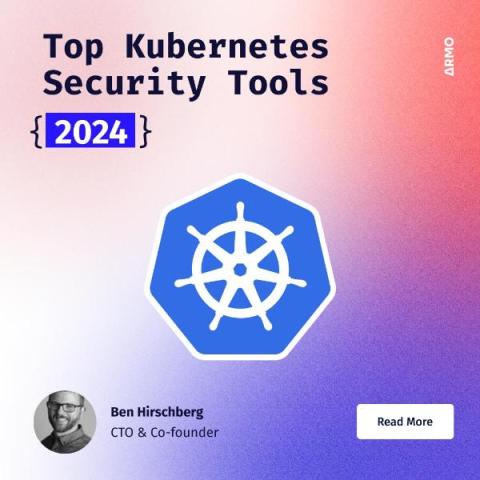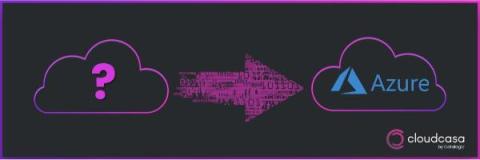Teleport Starts Issuing CVEs
Teleport is an open source company. We develop in the open, including full disclosure of security issues in our changelogs and pull requests. We share our penetration tests and key compliance reports. Despite this, our communication to open source users and integration with automated security tooling needed improvement. We needed a standardized way to refer to our vulnerabilities so that when two people (or systems) talk about a vulnerability, they know they’re talking about the same thing.











